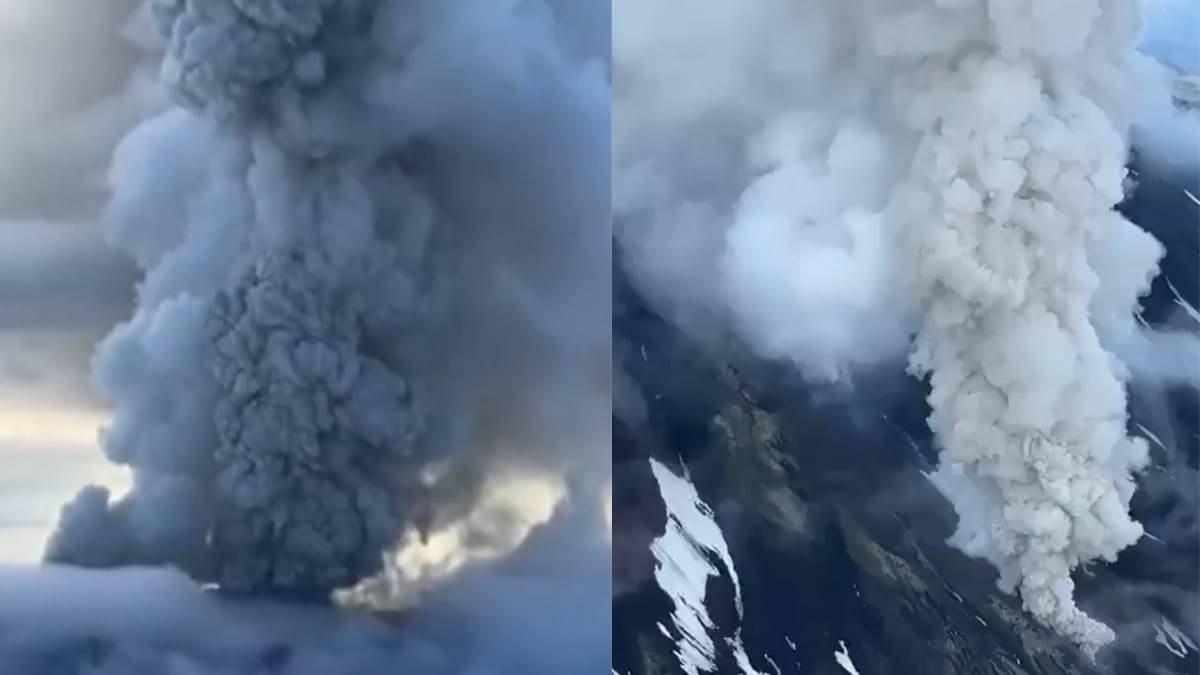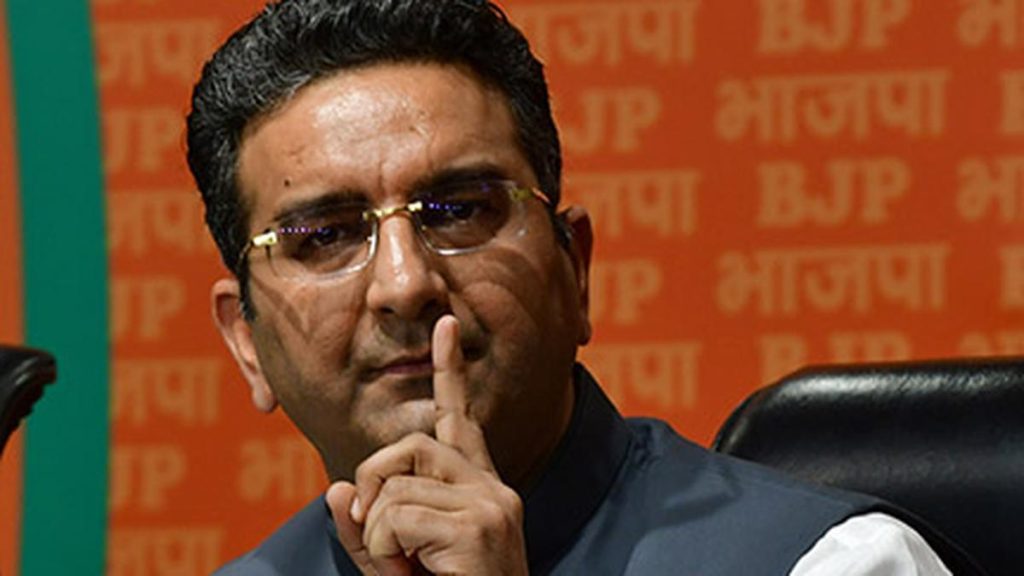Now Reading: Russia’s Krasheninnikov Volcano Erupts After 600 Years, Sends Ash 6km High
-
01
Russia’s Krasheninnikov Volcano Erupts After 600 Years, Sends Ash 6km High
Russia’s Krasheninnikov Volcano Erupts After 600 Years, Sends Ash 6km High

Fast Summary
- Kamchatka’s Krasheninnikov volcano in Russia erupted for the first time in 600 years, starting at 2:50 AM local time.
- The eruption sent ash plumes up to 6,000 meters into the sky; no populated areas were affected as the ash cloud drifted eastward over the pacific Ocean.
- An orange aviation alert was issued due to hazards for aircraft.
- Scientists are investigating potential links between this eruption and a recent powerful 8.7 magnitude earthquake that caused tsunami warnings across the Pacific earlier this week.
- In parallel, Klyuchevskoy volcano, Eurasia’s tallest active volcanic peak located in the same region, also erupted with lava flows and explosions reported on Wednesday following seismic activity.
- Both events followed meaningful geological disruptions caused by one of history’s strongest earthquakes that impacted regions from Japan to Ecuador and triggered a damaging tsunami in russia’s Severo-Kurilsk port area.
Indian Opinion Analysis
This dual-volcanic activity along Kamchatka’s peninsula underscores Earth’s ever-changing geological dynamics, which may have implications extending far beyond regional borders. While no immediate threat emerged from Krasheninnikov’s eruption due to its remote location, it highlights vulnerabilities posed by major tectonic events like earthquakes influencing volcanic behavior-a vital area of study for mitigation globally.
India can glean insights from these occurrences for disaster-preparedness strategies as it lies within himalayan seismic zones vulnerable to such chain-reactions between earthquakes and dormant volcanoes or fault lines nearby regions like Indonesia plate-system . Efforts should double investing future-needed geo-monitor-scale-measurements tech predictive-slide-alertage !



























